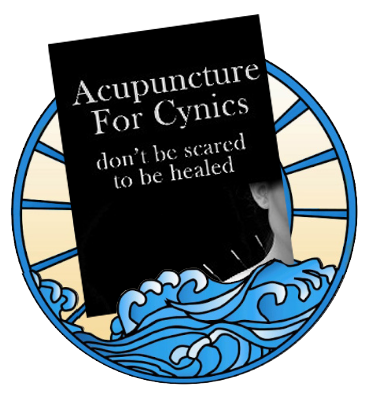 Acupuncture has offered effective pain relief to mankind for thousands of years. Now to confirm its scientific validity, this treatment of pain has received support in Anesthesia & Analgesia, the official journal of the International Anesthesia Research Society (IARS).
Acupuncture has offered effective pain relief to mankind for thousands of years. Now to confirm its scientific validity, this treatment of pain has received support in Anesthesia & Analgesia, the official journal of the International Anesthesia Research Society (IARS).
Dr. Philip Lang and fellow researchers of the University of Munich used quantitative sensory testing to detect changes in pain sensitivity with acupuncture in 24 healthy volunteers. After applying acupuncture to the leg, the researchers found that pain thresholds increased by up to 50 percent. Effects were noted in both the treated leg and the untreated leg.
Study Shows Measurable and Specific Effects of Acupuncture on Pain
Quantitative sensory testing is used clinically to help physicians understand specific injuries in nerve fibers associated with chronic pain. It includes tests of both thermal perception (heat and cold), and mechanical perception (pressure applied to the skin). The patterns of response provide diagnostic information in patients with nerve injury regarding the type of nerve involved, and possible treatments.
The results pointed to two nerve fibers—the “A delta” pain fibers and the “C” pain fibers—as being specifically affected by acupuncture. The researchers believe this provides a basis for future studies in individuals with chronic pain, where the effects might be more dramatic.
All treatments were performed by an experienced acupuncturist using acupuncture points commonly used for pain management.
The results provide a scientific background for the ancient practice of acupuncture, according to Dr. Dominik Irnich, head of the Multidisciplinary Pain Centre, Department of Anesthesiology in University of Munich. Dr. Irnich notes, “Our results show that contralateral stimulation leads to a remarkable pain relief. This suggests that acupuncturists should needle contralaterally if the affected side is too painful or not accessible—for example, if the skin is injured or there is a dressing in place.”
Dr. Steven L. Shafer, Editor-in-Chief of Anesthesia & Analgesia and Professor of Anesthesiology at Columbia University, views the results as an important preliminary finding. “Reproducible findings are the cornerstone of scientific inquiry,” Dr. Shafer comments. “The authors have clearly described their methodology, and their findings. If other laboratories can reproduce these results in properly controlled studies, then this provides further support for the scientific basis of acupuncture. Additionally, the ability of quantitative sensory testing to identify specific types of nerves involved in pain transmission may help direct research into the mechanism of acupuncture analgesia.”
At our Edina acupuncture clinic we treat pain every day. If you suffer from pain and live in the Minneapolis/ St. Paul great Twin Cities area call us today at 952-831-8080 to schedule your appointment for pain relief or go to our contact page now.




